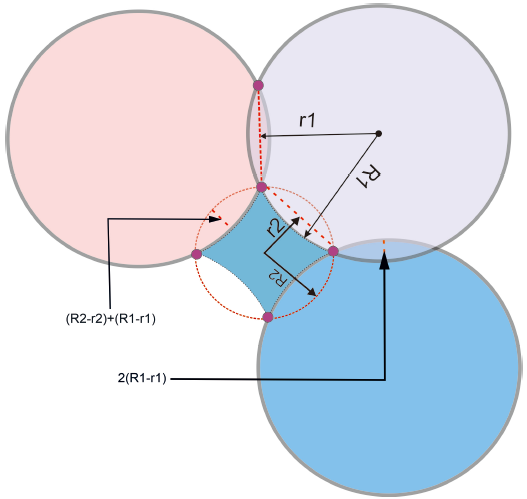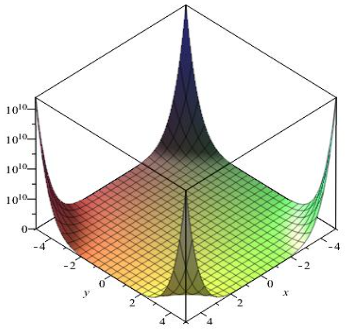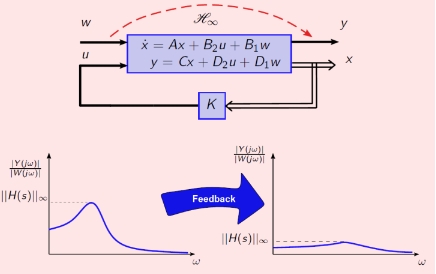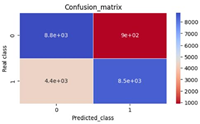Computer visuality in mathematics teaching
Abstract
The purpose of this study is to look at the changes that computers have made in mathematics itself and in the mathematics curriculum. The aim of the study is to investigate the various applications of computers in education in general, especially in mathematics education, and their application in the mathematics curriculum and in the teaching and learning of mathematics. The primary use of educational tools for mathematical purposes is the quality verification of results. There are various tools for developing student logic based on interactivity. Mathematics education tools are designed for innovative, interactive, and dynamic learning in different areas of mathematics. It is undeniable that the use of computers and mathematical software has great benefits that have been proven and presented in their works by numerous researchers of effective learning. It is also indisputable that one of the main tasks of teaching mathematics is the development of students’ constructive thinking. This work aims to describe the application of educational tools with which it can develop interactivity and help pupils and students to better and more clearly understand mathematics and to understand that it is all around us, that it is our everyday life.
References
[1]Carden J, Cline T. Problem solving in mathematics: the significance of visualisation and related working memory. Educational Psychology in Practice. 2015; 31(3): 235-246. doi: 10.1080/02667363.2015.1051660
[2]Wikipedia. Visualization (graphics). Available online: https://en.wikipedia.org/wiki/Visualization_(graphics) (accessed on 2 March 2024).
[3]Sean Whiteley. Using Visualization for Learning—by Sean Whiteley. Available online: https://trans4mind.com/counterpoint/index-creativitycareer/whiteley.shtml (accessed on 22 January 2019).
[4]Zhang D, Ding Y, Stegall J, et al. The Effect of Visual‐Chunking‐Representation Accommodation on Geometry Testing for Students with Math Disabilities. Learning Disabilities Research & Practice. 2012; 27(4): 167-177. doi: 10.1111/j.1540-5826.2012.00364.x
[5]Hatfield E. The Dangers of Intimacy. In: Derlega VJ (editors). Communication, Intimacy, and Close Relationships, 1st ed. Academic Pr; 1984. pp. 207-220. doi: 10.1016/b978-0-12-210840-2.50013-8
[6]Blok H, Oostdam R, Otter ME, et al. Computer-Assisted Instruction in Support of Beginning Reading Instruction: A Review. Review of Educational Research. 2002; 72(1): 101-130. doi: 10.3102/00346543072001101
[7]McWhaw K, Abrami PC. Student Goal Orientation and Interest: Effects on Students’ Use of Self-Regulated Learning Strategies. Contemporary Educational Psychology. 2001; 26(3): 311-329. doi: 10.1006/ceps.2000.1054
[8]Fuchs K. Computer Algebra—New Perspectives in Mathematics Education (German). University of Salzburg; 1998.
[9]Dundar S, Gokkurt B, Soylu Y. Mathematical Modelling at a Glance: A Theoretical Study. Procedia - Social and Behavioral Sciences. 2012; 46: 3465-3470. doi: 10.1016/j.sbspro.2012.06.086
[10]Doerr HM, Pratt D. The Learning of Mathematics and mathematical modeling. In: Heid MK, Blume GW (editors). Research on Technology in the Teaching and Learning of Mathematics: Syntheses, Cases, and Perspectives. Information Age Publishing; 2008. pp. 259-285.
[11]Gavrilovic J, Kovačevic IK, Savic A. Application of mathematical educational tools in the teaching process. In: Proceedings of the XI International Scientific-Professional Symposium Infotech-Jahorina 2012; 21-23 March 2012; Bosnia and Herzegovina.
[12]Smith B. Integrating Desmos Graphing Calculator into Middle School Mathematics Instruction. Journal of Computers in Mathematics and Science Teaching. 2017; 36(3): 221-234.
[13]Haugan M, Otting H. Using PhET Interactive Simulations in teaching probability in upper secondary school. International Journal of Mathematical Education in Science and Technology. 2016; 47(5): 697-709.
[14]Gikas J, Grant MM. Mobile computing devices in higher education: Student perspectives on learning with cellphones, smartphones & social media. The Internet and Higher Education. 2013; 19: 18-26. doi: 10.1016/j.iheduc.2013.06.002
[15]Mann S, Jai M, Jain S. Integrating Augmented Reality with Mathematics Education. International Journal of Interactive Mobile Technologies. 2019; 13(10): 50-61.
[16]Kaput JJ, Hegedus S. From Manipulative Materials to Inscriptions: Learning about Change in the Digital Age. In: Kelly AE, Lesh RA (editors). Handbook of Research Design in Mathematics and Science Education. Routledge; 2018. pp. 383-429.
[17]Eremin VV, Kuzmenko NE. ONICS 21st century, Peace and Education. Publishing House “Exam”; 2006.
[18]Mordkovitskh AG. Algebra 9th Section: Textbook, 4th ed. Institute for Facultative Education; 2002. p.192.
[19]Franzblau LE, Chung KC. Graphs, Tables, and Figures in Scientific Publications: The Good, the Bad, and How Not to Be the Latter. The Journal of Hand Surgery. 2012; 37(3): 591-596. doi: 10.1016/j.jhsa.2011.12.041
Copyright (c) 2024 Laxmi Rathour, Dragan Obradovic, Lakshmi Narayan Mishra, Vishnu Narayan Mishra

This work is licensed under a Creative Commons Attribution 4.0 International License.











